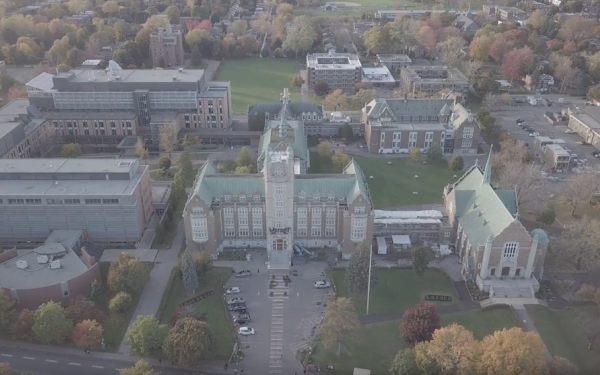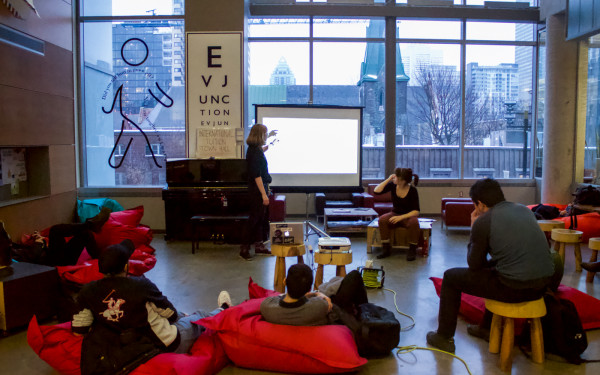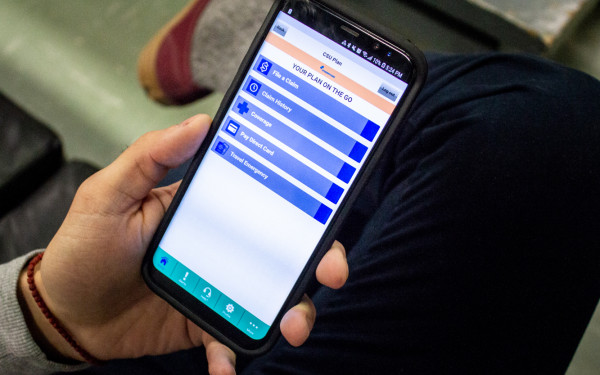Editorial: Hybrid learning is inaccessible and not what we are paying for
As students have flocked back to Montreal for school, many are frustrated by the countless detours, disappointments, and lack of direction they’ve encountered returning to campus.
The hybrid learning model is being touted as accessible, adaptable and easy-to-implement in these uncertain times. However, different faculties and the administration are largely neglecting the bureaucratic mazes, guideline loopholes, and barricaded entrances the student body has been tasked with navigating.
The barriers are present before one even enters the physical space of campus: the endless barrage of passes, ID cards, codes, and bookings needed to access services is overwhelming. Better methods must be put in place to keep track of bodies flowing in and out of spaces.
For example, the interface used to book fine arts studio slots is so poorly designed that there’s a downloadable PDF outlining how to use it. Conversely, Concordia’s Centre for Creative Reuse has an incredibly user-friendly booking system, and the university’s food initiatives such as The Hive and Le Frigo Vert have people write down their names and phone numbers upon entering for contact tracing purposes.
It’s 2021—we have the technology to do better. Why hasn’t there been an effort to centralize the services offered by the university and the requirements needed to access them? This could be an app created for students or a pamphlet distributed across campus.
With certain faculties holding back from in-person classes, students are unable to use a lot of space and equipment they’re paying for with the ease and capacity of pre-pandemic times. Perhaps some of that money could go towards an effort to better prepare and accommodate students in this new landscape of hybrid learning. This could take the shape of more mental health resources, easily attainable tech support, or the creation of degree requirement alternatives (such as the pass/fail grading notation implemented last year).
Furthermore, there’s inconsistency across faculties surrounding which classes are taught in-person and which are being held remotely. There is no excuse for denying clear and timely communication about which classes are being held online and what the rationale is behind these choices. If a lecture hall is being filled with 80 political science or literature students, why aren’t drawing students or fibre arts majors allowed to fill up the studios, whose space they rely on?
If faculties are making the decision to move classes online, teachers should be putting in the effort to make online learning interesting, stimulating, and exciting. If a painting student isn’t going to be allowed to walk around a studio and observe their peers working, what’s going to replace that source of inspiration? Teachers shouldn’t just be attributing a boring class to their inability to use Zoom, and instead should be working on creative solutions such as open-air meetups in parks, or field trips to museums.
Although it’s important to acknowledge that COVID-19 continues to be an unprecedented situation filled with unknowns, this is now our third semester of pandemic post-secondary education.
The university no longer has excuses for failing to provide the level of services we expect with the price of tuition we pay. Concordia needs to show its students they’re spending their money wisely and implement consistent decisions and regulations across faculties and buildings.

.png)
_600_832_s.png)




_600_375_90_s_c1.jpg)